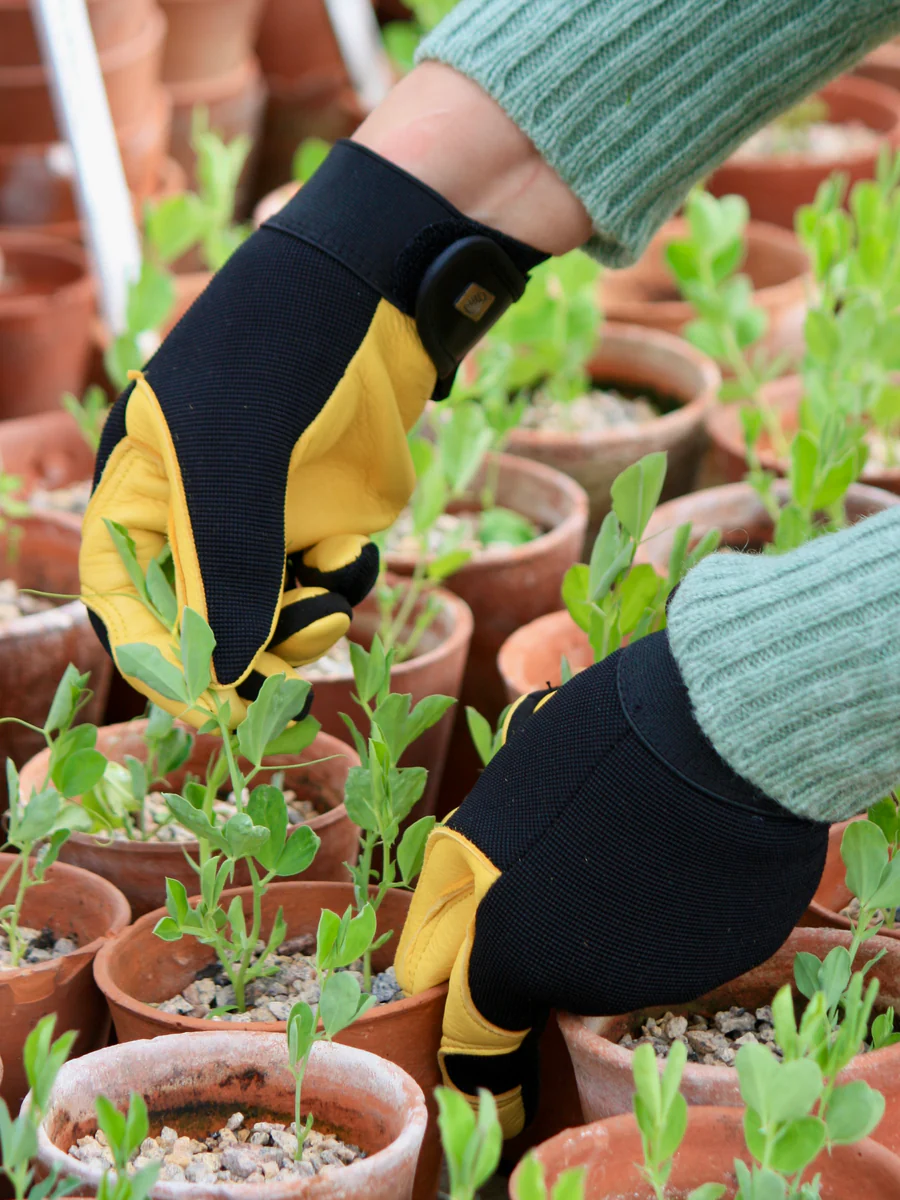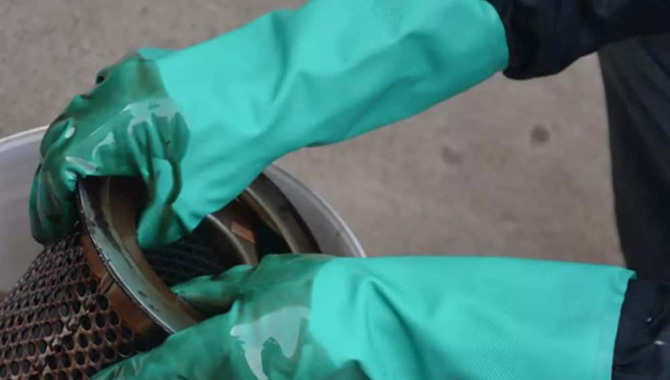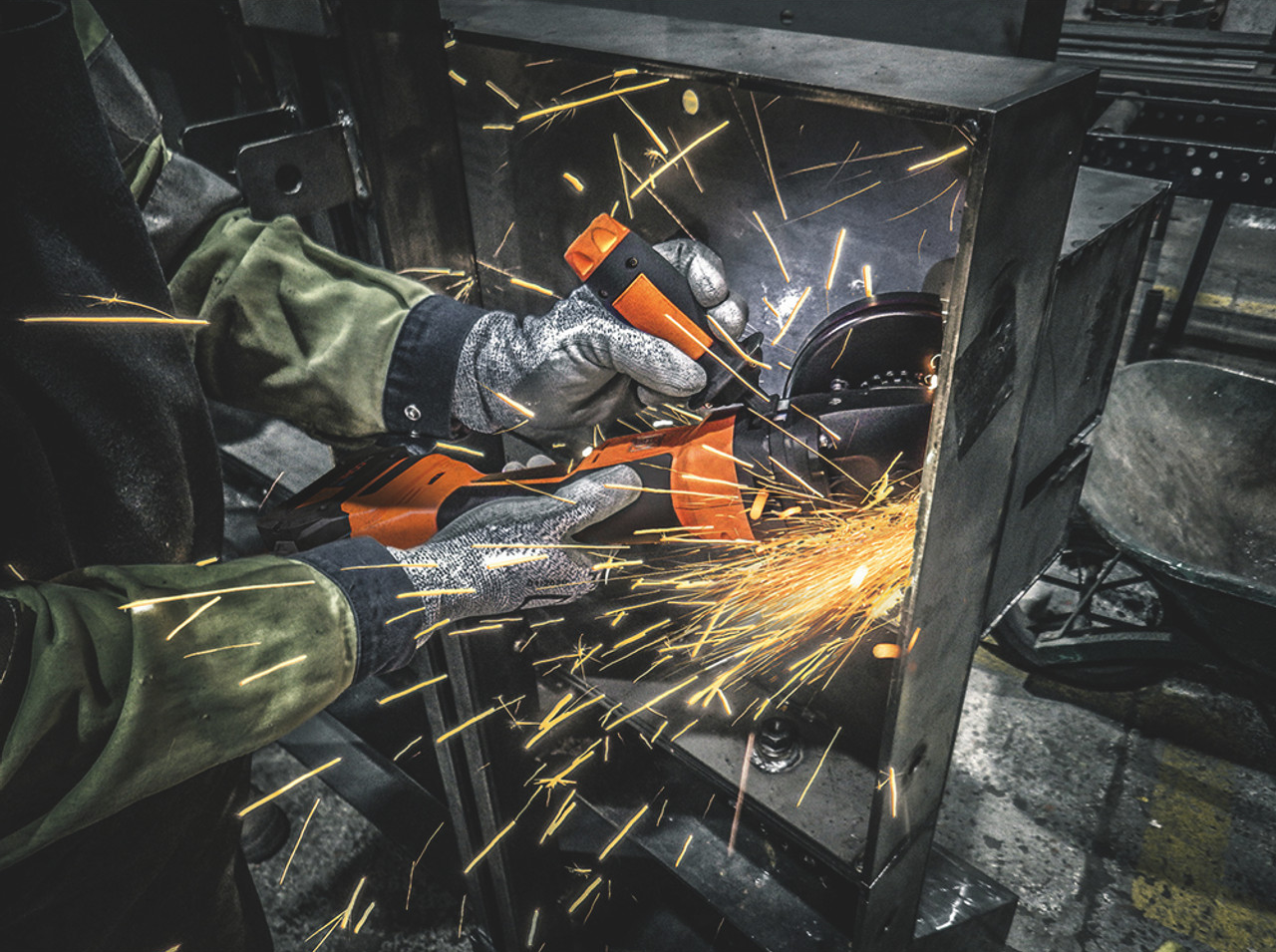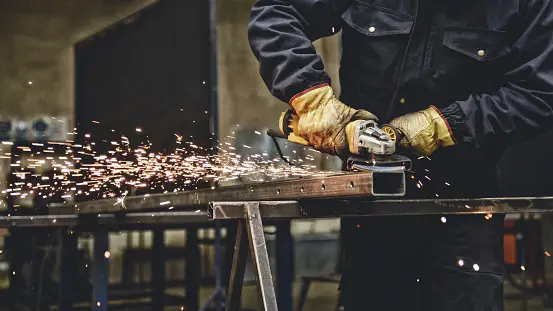In our daily work and life, hands are the most vulnerable part of the human body, making safety gloves an essential part of personal protective equipment (PPE). According to incomplete statistics, around 23% of injuries globally are related to hand injuries. Properly wearing safety gloves can reduce hand injury risks by 60%. Therefore, having a deep understanding of safety gloves is fundamental. This guide will give you a comprehensive introduction to safety gloves.

Types of Safety Gloves
“Safety gloves” is a general term referring to gloves designed specifically for hand protection. There are many types of safety gloves, each suited for different tasks. Below is a brief overview of some commonly used types of safety gloves.

Nitrile Coated Safety Gloves
These gloves are typically made by knitting high-performance materials such as cotton, polyester, and nylon, then coating them with nitrile synthetic rubber. Nitrile itself is resistant to oil, abrasion, punctures, and chemicals, making these gloves strong and durable. Compared to latex-coated gloves, nitrile gloves do not cause allergic reactions, making them an excellent alternative for individuals allergic to natural latex.

Polyurethane (PU) Safety Gloves
PU gloves are usually made from nylon or polyester blends, with a polyurethane coating on the palms and fingertips. This design allows the back of the hand to breathe, reducing sweating. Polyurethane is a lightweight and soft synthetic material, providing a nearly bare-hand feel. These gloves are ideal for environments requiring precision, such as electronics assembly, precision manufacturing, packaging and handling, and express sorting.

Latex Coated Safety Gloves
Latex-coated gloves are also made from high-performance fibers like cotton, polyester, and nylon, then dipped in natural latex. These gloves inherit the waterproof, anti-slip, abrasion-resistant, and tear-resistant properties of latex. They provide a firm grip even in wet or oily environments.
Latex is highly elastic, making the gloves snug-fitting and flexible. However, latex hardens in cold temperatures, reducing elasticity, making these gloves less suitable for low-temperature environments.
Note: Some people are allergic to proteins in natural latex. To avoid allergic reactions, we recommend switching to nitrile-coated gloves.

Cut-Resistant Safety Gloves
These gloves are designed to prevent cuts from knives, metal, broken glass, or sharp tools such as slicers. They are usually made from high-performance polymer materials like HPPE, Kevlar, or fiberglass. They are abrasion-resistant, tear-resistant, anti-slip, and oil-resistant—but not necessarily puncture-proof.
Note: Choose safety gloves based on the specific protection you need to avoid unnecessary injuries.

Chemical-Resistant Safety Gloves
Chemical-resistant gloves are specially designed to protect against harmful chemicals like acids, alkalis, and organic solvents. They are typically made of high-performance chemical-resistant materials such as nitrile, PVC (polyvinyl chloride), or neoprene rubber. These gloves effectively prevent chemicals from contacting the skin, reducing the risk of burns, allergies, and other skin issues. They are well-suited for chemical industries and laboratories where prolonged chemical exposure is likely.

Safety Glove Care
Every pair of gloves needs proper care. This not only extends the glove’s life but also ensures consistent protective performance. Regularly inspect safety gloves for any signs of damage to avoid unnecessary hazards during use.
Inspection
Regardless of the type, gloves should be regularly inspected. Damaged gloves cannot provide full protection. Gloves should be checked daily before use to ensure suitability.
Proper Donning and Doffing
Before wearing gloves, hands should be clean and dry. After use, avoid touching your skin with the contaminated glove surface. Instead, remove the gloves by turning them inside out.
Cleaning
Clean gloves according to their material. It’s best to follow the manufacturer’s cleaning instructions. All gloves should be re-inspected after washing to ensure the protective coating is intact.
Storage
Once clean and dry, store gloves in a cool, dry place, away from direct sunlight. Special gloves should be stored in designated areas.
Regular Replacement
Even if gloves are not visibly damaged, long-term use may weaken their protective properties. Replace gloves periodically based on how frequently they’re used.

How to Choose the Right Safety Gloves
Understand Your Work Environment and Risk Type
Identify the risks and characteristics of your work environment. Choosing gloves with the right materials and features improves efficiency and reduces the risk of accidents or wasteful purchases.
Select the Right Size
Ensure a perfect fit for comfort and safety. Gloves that are too loose or tight may cause unnecessary accidents and reduce wear time.
Check Certifications and Standards
Learn about basic safety glove certifications and standards. Some specialized gloves must meet international standards and certification requirements before use.
Read User Reviews
Knowing what previous buyers say about a product is crucial when choosing a reliable supplier. Reviews give you a general idea of product quality.
Pay Attention to Special Needs
If you have a latex allergy, avoid latex gloves. Choose an alternative material for your protection.
Conclusion
Safety gloves come in various types and serve different purposes. Choosing the right pair can greatly improve your workplace efficiency and hand protection, giving your hands the safety they deserve.
If you’re interested in learning more about or purchasing safety gloves, feel free to contact us. Aibon is here to support you every step of the way!
How to Measure Glove Sizes – Source: AIBON
Latex gloves– Source: AIBON
Safety gloves– Source: AIBON
Working gloves– Source: AIBON

